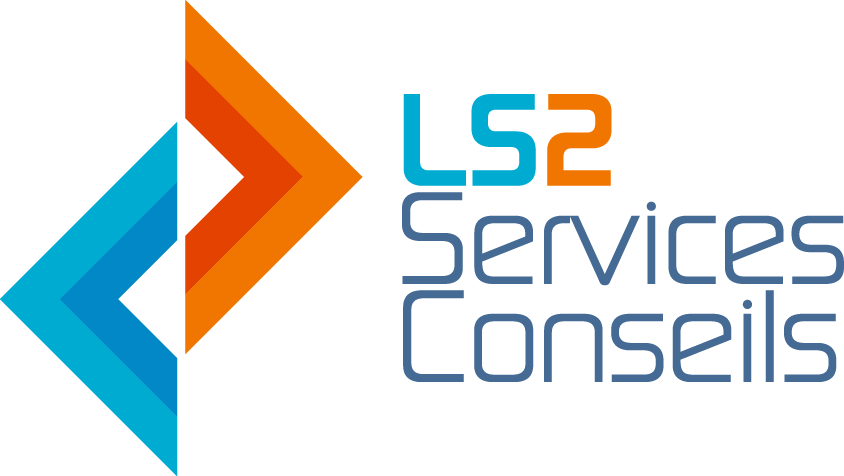
The SharePoint permission levels explained
One of the major benefits of SharePoint is certainly the levels of permissions. Why? Because they allow administrators to decide who has access to what and who can do what.

The usefulness of SharePoint permissions
The usefulness of SharePoint permissions
With SharePoint, you can assign different permissions to members of the same workgroup based on each person’s responsibilities. For example, the team leader may be allowed to create a SharePoint site, list, or library, while other team members may only be allowed to add or edit data.
But there is more: SharePoint permissions go far beyond access to sites, lists and libraries. In fact, SharePoint permission levels also cover the user interface, search results, and the display of data in lists and document libraries.
As you can see, SharePoint permission levels are very useful for controlling access to confidential information. Suppose your company keeps personal data of its customers in SharePoint, it is possible to limit the access of these exclusively to the employees whose work involves the use of these data. This is an effective way to preserve the privacy of more sensitive data – a major issue these days!
How SharePoint permission levels work, it’s easy!
How SharePoint permission levels work, it’s easy!
SharePoint permission levels work closely with SharePoint groups.
Members of the same SharePoint group automatically get the same level of permissions. So, if your team leader needs to access different permissions from the rest of the team, it’s best to create two groups: one for the team leader and one for the other team members.
Remember that it is much easier to add or remove a user from a group than to change their permissions manually. By using groups to manage permission levels, you quickly make sure that a user has the appropriate permissions.
SharePoint sites, lists, and libraries inherit, by default, permission settings from the site just above (called the root site or parent site).
So, if you create, for example, a new list in an existing site, the permissions of that same site will apply to the list you just added.
However, if you want to change the permissions settings for a particular list, library, or site, you must follow these two steps:
-
Cancel inheritance of existing SharePoint permissions (applied automatically).
-
Assign unique permissions.
You can see and edit the SharePoint permissions settings at any time on the Settings page under Authorization and management.
Note that SharePoint automatically offers you permission levels such as read rights, collaboration rights, creation rights and total control. You can also add your own SharePoint permission levels. But be careful: before you get there, take the time to read the next section of this article to act logically and efficiently!
Our tip for creating custom SharePoint permission levels
Our tip for creating custom SharePoint permission levels
Create a new level of permissions instead of modifying existing ones in SharePoint.
he reason is simple, if you change a default permission level assigned to a site, list, or library, these same changes will also apply to sites, lists, and libraries that use the same level of permissions by default. . Do you see all the consequences that this could cause?
To reate a new SharePoint permission level, simply access the permission level from the root / parent site and click Add permission level.
Now that you know how SharePoint permission levels work, your challenge is to design and use them effectively.
-
Take time to think about the SharePoint user groups that you want to create or that already exist. How to mount them logically and strategically? Are they optimal in their present form?
-
Then, use the default SharePoint permission levels and apply them to the root / parent sites. If needed, you can create new custom permissions.



